
Keke Kaikhosroshvili
Keke is Zavvy's expert in learning experience. On our blog, she shares experience and insights based on her studies in learning design and experiences made with our customers.

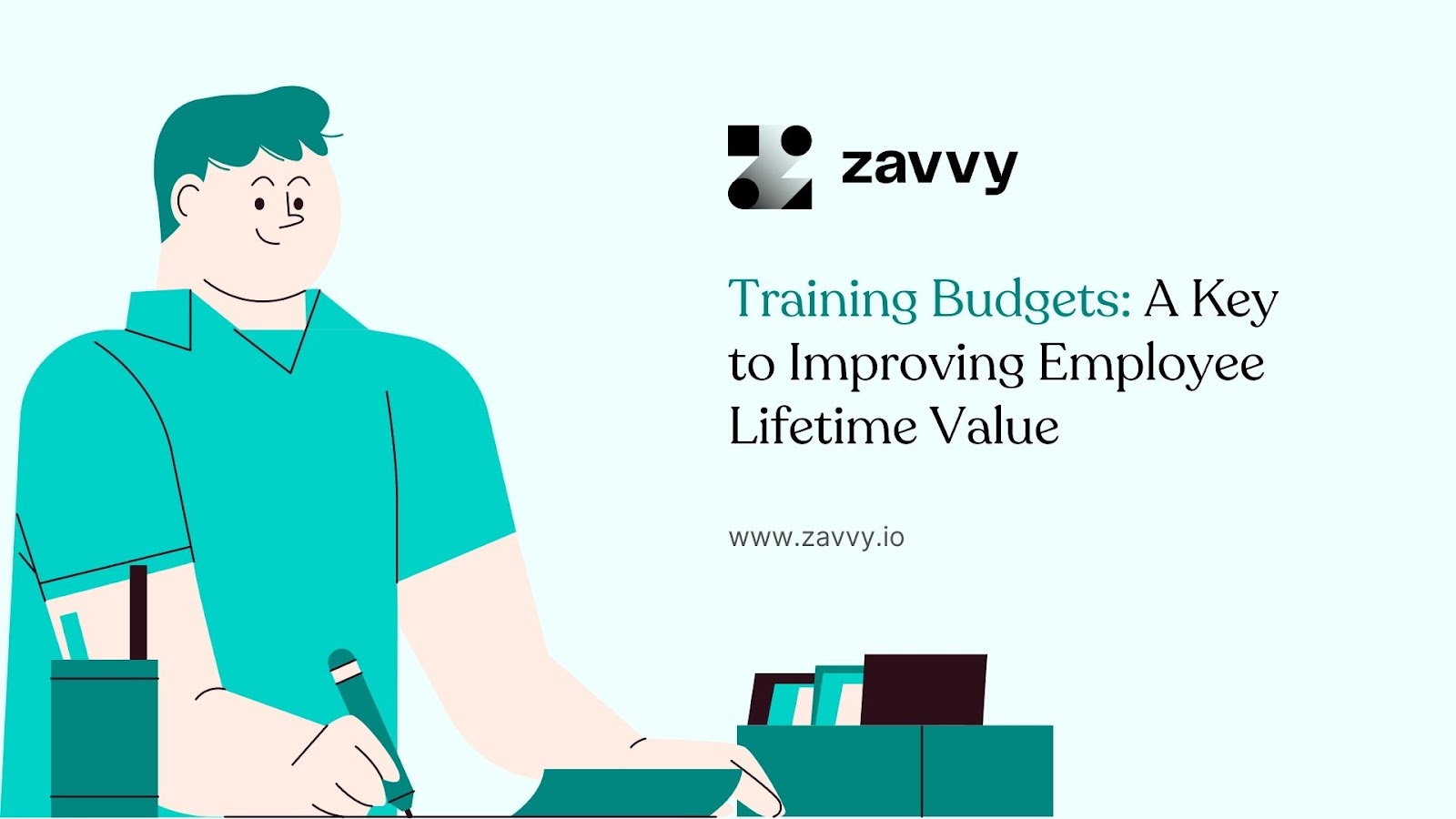
Imagine traveling to a country speaking a foreign language without researching, planning, or using a tour guide.
It's the same with training budgets. Companies are spending $130 billion to train their staff, and only 25% of such training is effective.
The common reason these trainings are unproductive is due to poor research, planning, and guidance.
This article will show you what a well-planned training budget looks like and the critical steps for creating an adequate training budget of your own.
Together with our curators, we have created a library of actionable digital marketing resources. Personalized to your team's needs.
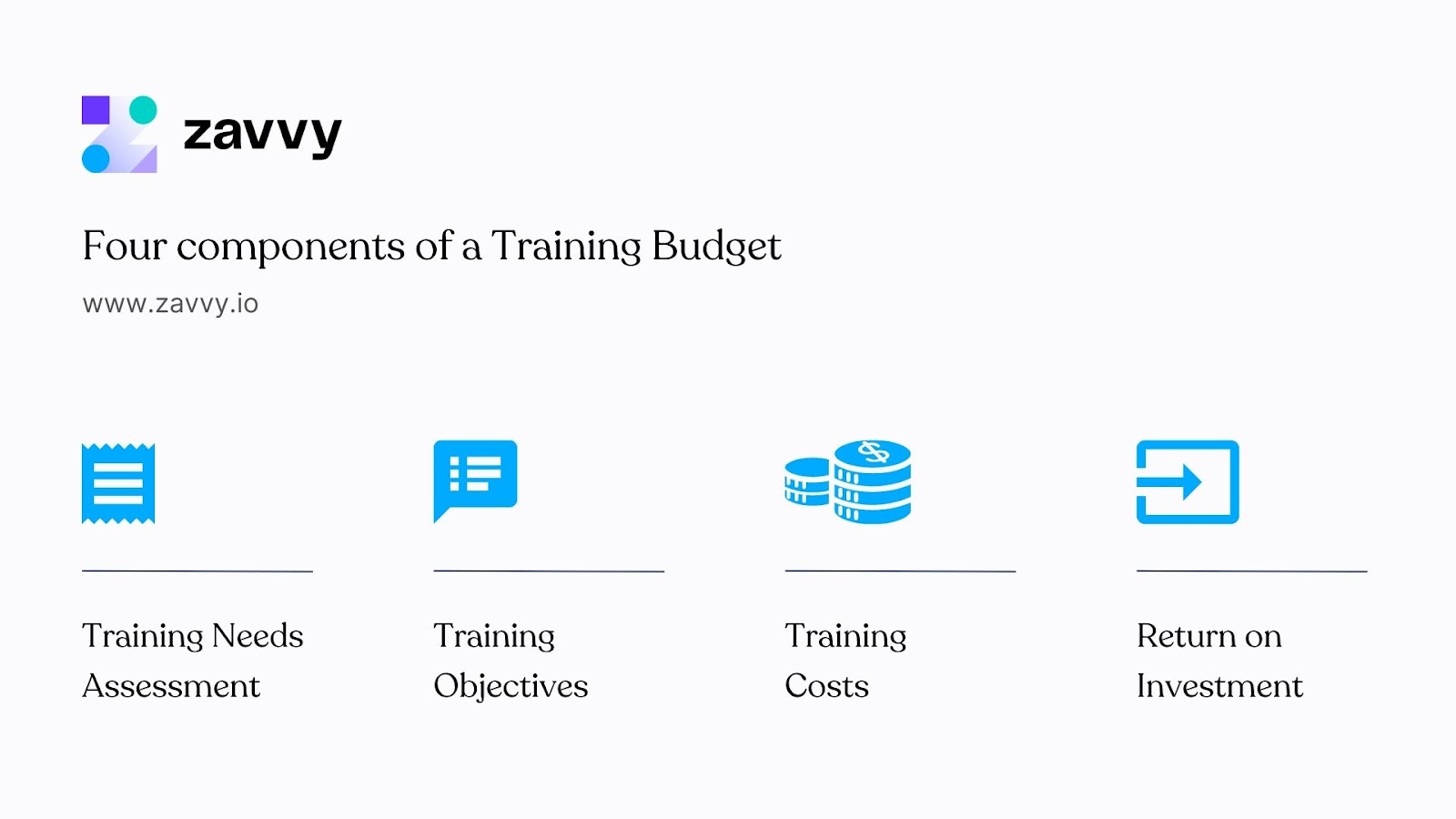
A training budget refers to the direct and indirect costs and resources used to train employees in an organization. It includes the cost of courses, books, and other learning materials. It also includes indirect costs like wages, compensation, and time spent setting up training.
Setting aside a training budget is essential for employee empowerment. It helps employees access the quality knowledge they need to perform effectively at their jobs.
In many cases, employees can more or less freely decide how to spend their training budget.
Ultimate freedom, ultimate empowerment. Right? Not necessarily.
However, a properly used training budget also influences customer satisfaction.
A well-trained employee knows how to address customers and avoid situations, whereas poor customer service and low morale can lead to profit loss and affect your ROI.
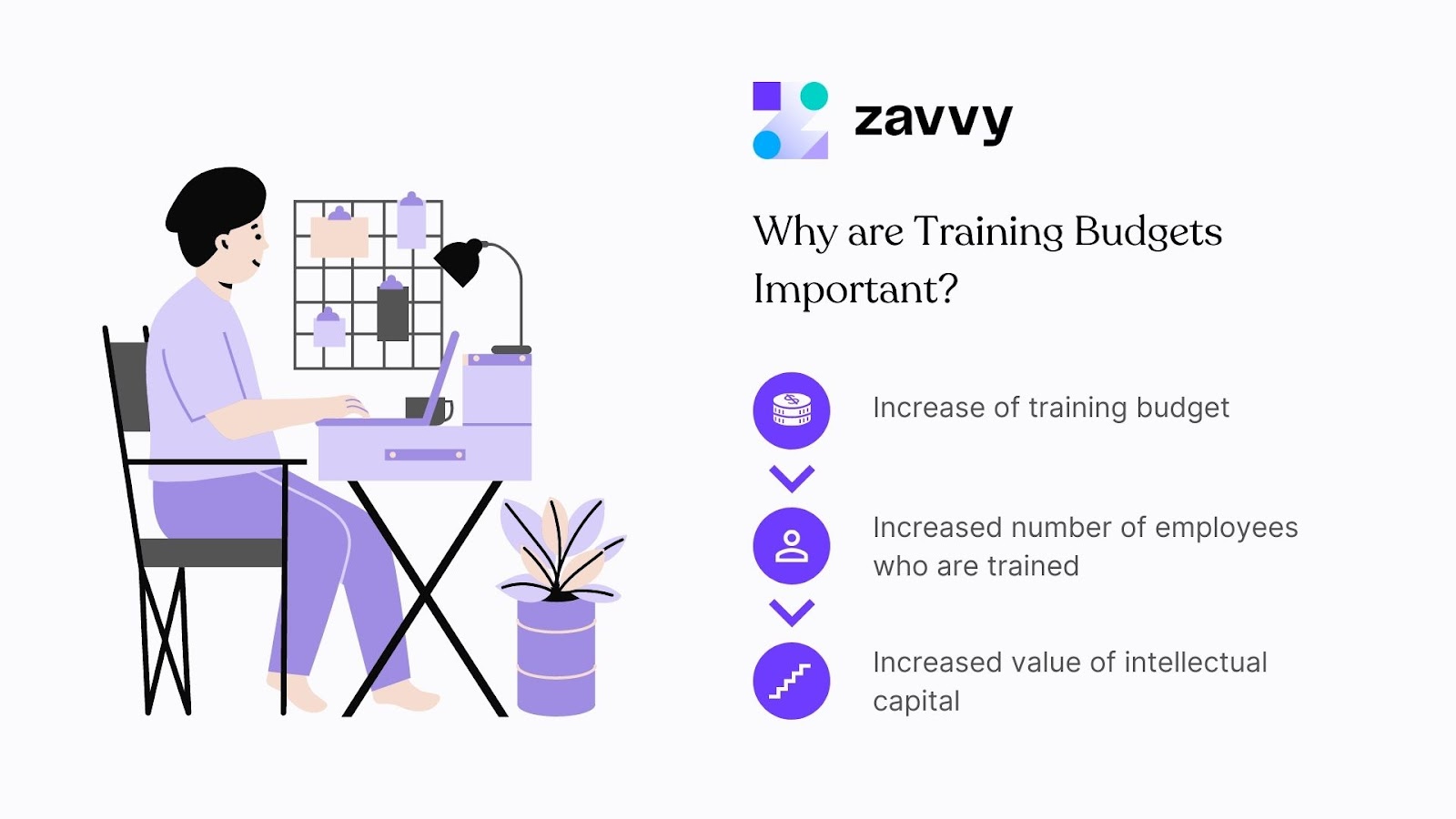
Your employees are the gatekeepers between your organization and customers. So they must receive proper training to offer improved services. A bad customer experience can negatively affect your organization's reputation.
86% of customers will do business with you again when they have a positive experience. However, if the reverse is the case, 53% will switch to partnering with the competition.
A rich training budget buys a good employee experience. When you can afford to give your staff the resources they need to upskill, they translate that as you investing in their potential.
Which eventually builds their confidence and leads to employee engagement. Engaged workers view the success of the organization as vital to themselves.
On the other hand, the disengaged worker only does the work because you tell them to. As a result, the former performs better and continues to improve over the years. Moreover, they will stay longer in the organization as you've set the bar high for the competition.
These factors will help you know your most valuable employees and make better human capital decisions that bring more significant ROI.
94% of employees will stay with their employers if they invest in long-term learning. A reasonable training budget paired with a development plan shows your commitment to helping your employees upskill. In addition, it breeds trust in the workplace and sets the bar high for the competition.
In 2022, 42% of core skills needed to perform existing jobs will change because of rapid technological changes. Also, by 2025, 75% of the workforce will be dominated by millennials who value continuous learning.
Providing the resources, they need to grow prepares them for the rapidly changing work environment. Conversely, not providing resources makes their skills rusty and redundant, negatively impacting your organization's success.
A training budget secures the longevity of your organization by making employees equipped to adapt to future developments and changes by providing the necessary resources for their upskilling.
What you feed your organization is what comes out the other end. Better trained employees need reduced supervision, show up to work more, and relate with customers better.
All these factors will boost sales and the success of the organization. But cutting back on employee training rather than investing in it will have disastrous consequences.
The training budget companies give their employees varies. Generally, companies are aware of the ROI of training their staff. But because of the COVID 19 pandemic, there have been significant changes to the spending patterns of organizations.
Though many companies complement physical training with e-learning platforms to reduce training costs, they still allocate enormous funds for staff training.
According to the Industry Report, U.S.-based organizations having between 100 to 999 employees spent approximately $1,678 per employee on training in 2020 alone.
The report also reveals that large companies allocate $22 million for training, while mid-sized companies spend $808,355. Small companies spend $506,819.
For Abby Wilson of LGBTQ flags Australia, "the training budget we set is usually around the same amount of salary that we have per individual. When we can, we raise it up by around 2-3%."
The Penta Academy sets an annual training budget of €1,000. Penta additionally makes free programs and courses available for employees via their LinkedIn accounts.
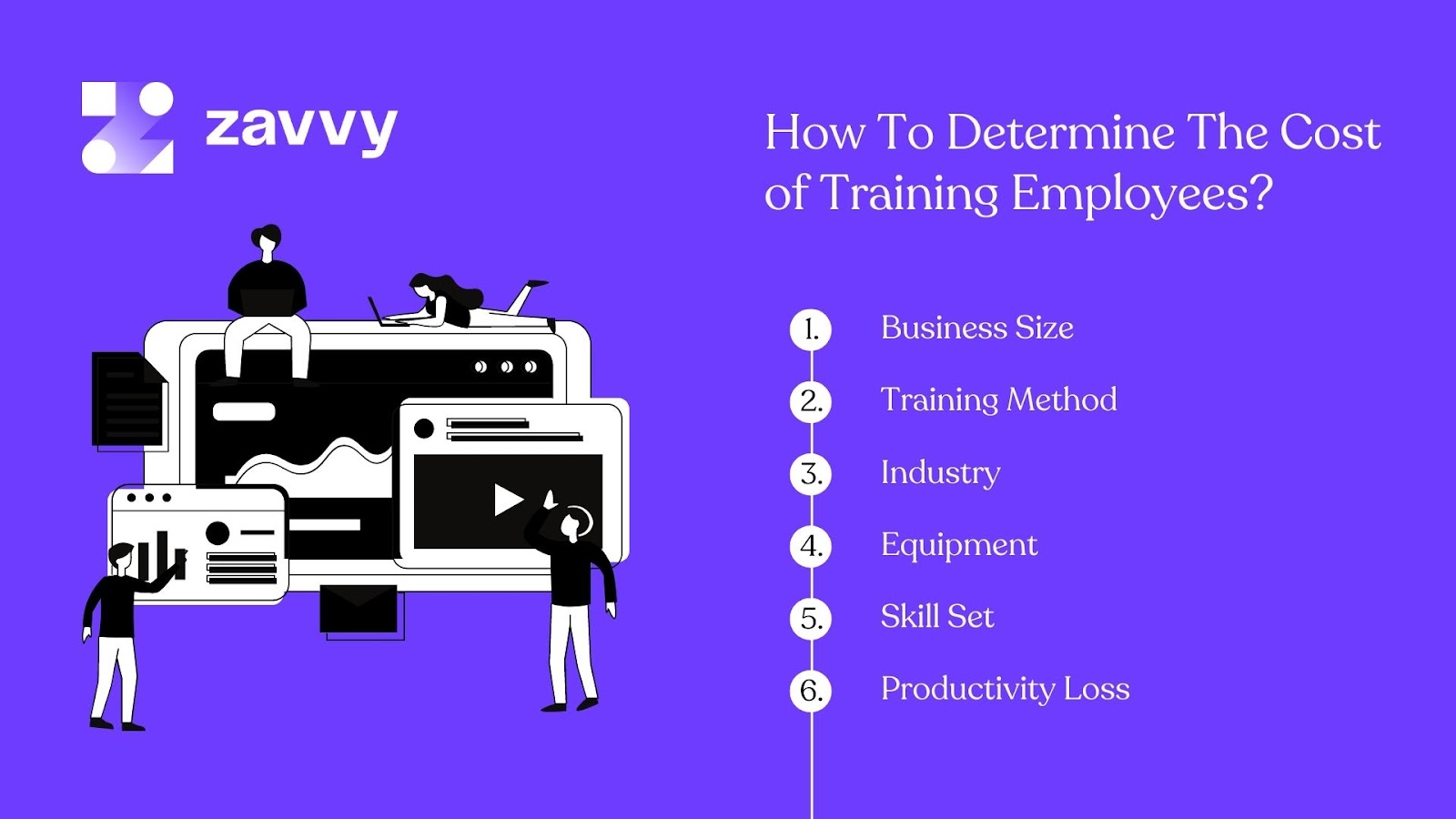
Max Benz, Founder of Banking Geeks, says that:
"When it comes to setting training budgets for employees, there are a few factors to consider. First, you'll need to assess the needs of your workforce.
- What areas do they need improvement in?
- What skills do they need to acquire?
Once you have a good understanding of the training requirements, you can begin to research the cost of various programs. You'll also need to factor in the time required for training and any lost productivity that may result.
Finally, you'll need to set a realistic and achievable budget. By taking all of these factors into account, you can develop a training budget that will meet the needs of your employees while staying within your financial constraints."
A detailed employee development plan should review skill gaps and your organization's needs. It should also consider your staff's career aspirations and find common ground to help them get there.
You'll need to work with other managers, your whole People Ops team, and the employees you need to train. This will give you a 360-degree view of creating the best training strategy.
Here's how to determine your employee training needs:
Consider asking the following questions:
After answering these questions, evaluate the cost of training based on the resources they need.
Another way to determine the cost of training employees is through this simple formula:
Total yearly salary (per employee) X 1-3% = training budget.
Get the total amount you spend on each employee. Then multiply that by one to three percent of their salary. This will give you your training budget.
This technique is ideal as you can cover both fixed costs (employee pay, office supplies, and equipment) and variable costs (hidden or unplanned costs).
You could also hire an HR agency to help you calculate your training budget. This will come in handy when you find it challenging to do it independently.
It will also give you an outsider's perspective and uncover hidden costs you must've missed in the planning process.
Maciej Kubiak, the Head of People at PhotoAiD, shares his take on outsourcing your training budget calculation:
"We have struggled with creating a proper training budget strategy, so we used the support of an external HR company. With their help, we established a yearly budget for employees' development.
Employees don't choose courses entirely on their own. Because leaders know the best needs of a whole team and particular workers, they talk over development plans with their team members. Career goals are set up for the entire team, and leaders present them to employers.
As a result, the training budget is distributed over departments, not particular employees, and leaders are people who connect the company's needs and employees' expectations."
Employees do not know how to spend their training budgets, leaving them untouched. The buzz about the future of work and the skills needed to prepare for it leaves them frantically scouting for courses.
Here's what you can do to sidetrack these issues:
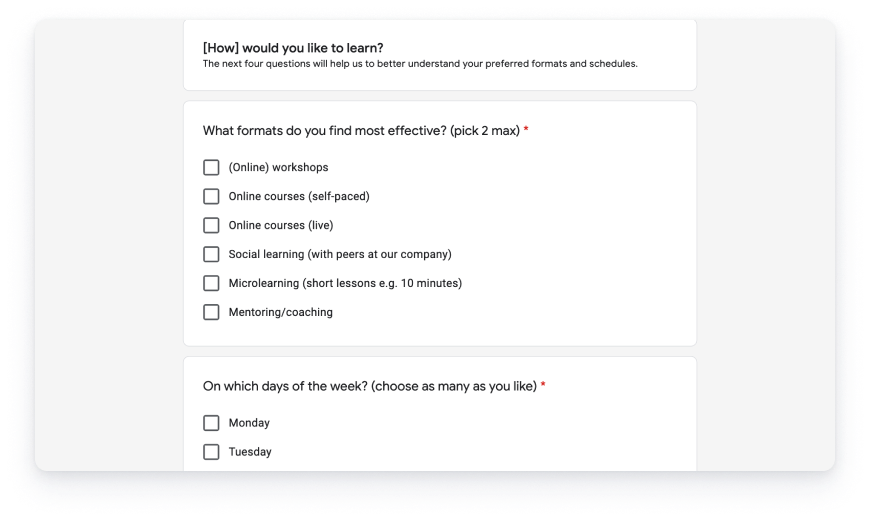
Here's how you can leverage a training budget to bring progress and development to your organization:
Every employee is different.
So a one-size-fits-all approach to training them will have the opposite effect. On the other hand, a training needs assessment will help you know your staff better.
A learning culture refers to the growth mindset of workers. It is when employees are willing to learn and apply what they've learned to help their organizations succeed.
One example of a healthy learning culture is Google's microlearning.
Employees send short suggestions on what they think the other person can do to be better at their jobs via emails. This lets them know what they are doing right or wrong without overloading them with information. It's also a way of giving feedback.
Whisper courses are also used to send "nudges" to managers. Nudges are reminders that help Managers to complete their tasks on time. For example, they get emails that remind them to attend meetings and give constructive feedback.
Cultivating a learning culture complements your training budget. It ensures that the training that follows is not a one-time event. Instead, employees continue to practice what they've learned post-training:
A career framework is a visual map that illustrates job roles and job families and helps workers identify growth opportunities within job families. For example, Accounting, Auditing, and Financial planning together form a job family.
Here are three tips for developing a career framework in your organization:

Creating a development process will turn your training budget into a measurable empowerment experience. By organizing development activities and providing learning materials, you enable them with the tools they need for development.
You can then schedule follow-up feedback sessions where you gain insights into how employees are performing. Employees can also do a self-assessment through 360-degree feedback to give you a well-rounded view of your staff.
Follow these steps to create a unique development process in your organization:
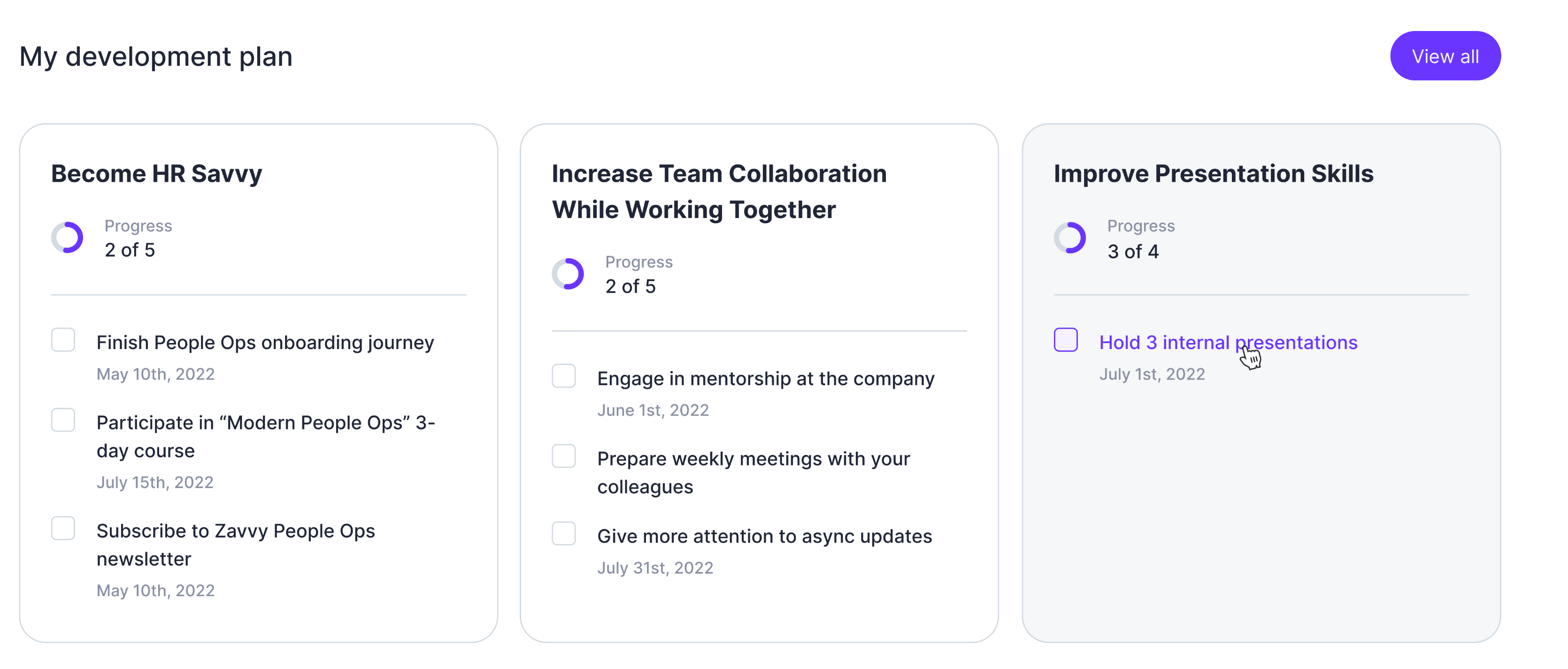
Create a training matrix before training commences to know the current qualifications for each employee and the status of the qualification. That is if employees have met them or not.
Share your matrix model with everyone in the organization to keep them updated. After training, use mock tests to evaluate how much they have learned from the experience.
Set budget rules to define what happens when employees don't use their budgets. For example, if an employee should go on a break, they have to train the next employee who will cover for them.
If you're working with a small budget, use less expensive training methods like peer mentoring, where a colleague trains a less experienced staff as we'll see in the next section.
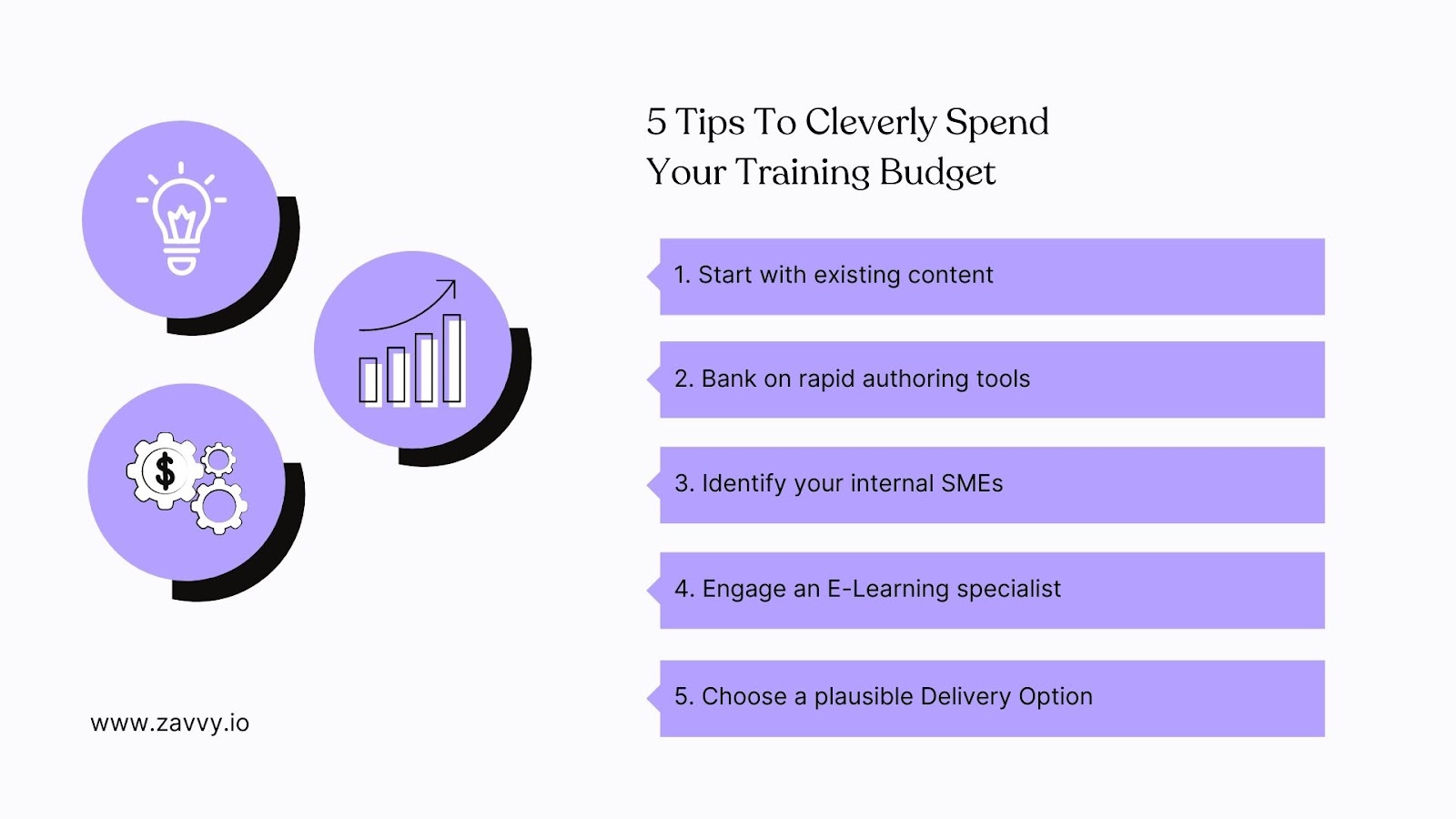
Sometimes, you'd find yourself under the constraints of a tight budget. Unfortunately, this means you can't give employees the appropriate funds to start their training. But it's also your cue to get creative.
You don't necessarily have to break the bank to give employees practical training. Instead, start by compromising and substituting expensive training costs with cheaper alternatives.
To get the most out of a trip to a foreign country, you must plan and research beforehand. If not, you're leaving your experience to chance. Likewise, in the case of training budgets, you're leaving your money and time to chance.
For better ROI, forward-thinking organizations plan their employees' development right from recruitment. You should be calculating the best ways to upskill and retain new talent and what it would cost you from the start.
As you continuously strive to refine your training budgets, use Learning Management Systems (LMS) to track and record every step of the journey.
Our employee development software will help you create a development plan that leaves no one behind. Get a demo now!

Upskill your team every week with the best contents and personalized recommendations.

Imagine traveling to a country speaking a foreign language without researching, planning, or using a tour guide.
It's the same with training budgets. Companies are spending $130 billion to train their staff, and only 25% of such training is effective.
The common reason these trainings are unproductive is due to poor research, planning, and guidance.
This article will show you what a well-planned training budget looks like and the critical steps for creating an adequate training budget of your own.
Get a demo!
We'll be happy to show you around and answer all your questions.
Trusted by innovative companies



We'll be happy to show you around, answer your questions, or arrange a free trial.
Erhalten Sie eine kostenlose Demo unserer Onboarding-Software.
Vertraut von



Your Training & Development Strategy - Solved in 1 Tool.
Trusted by innovative companies



We'll be happy to show you around, answer your questions, or arrange a free trial.
Learn how Zavvy helps you drive performance, development, and engagement.
Trusted by innovative companies



We'll be happy to show you around, answer your questions, or arrange a free trial.
We'll be happy to show you around and answer all your questions.
Trusted by innovative companies



We'll be happy to show you around, answer your questions, or arrange a free trial.
Gerne zeigen wir Ihnen ganz unverbindlich unsere Plattform im Detail.
Vertraut von modernen Unternehmen



Get a demo!
We'll be happy to show you around and answer all your questions.
Trusted by innovative companies



We'll be happy to show you around, answer your questions, or arrange a free trial.
Erhalten Sie eine kostenlose Demo unserer Software für Mitarbeiterenwicklung und Training.
Moderne Unternehmen
setzen auf Zavvy


